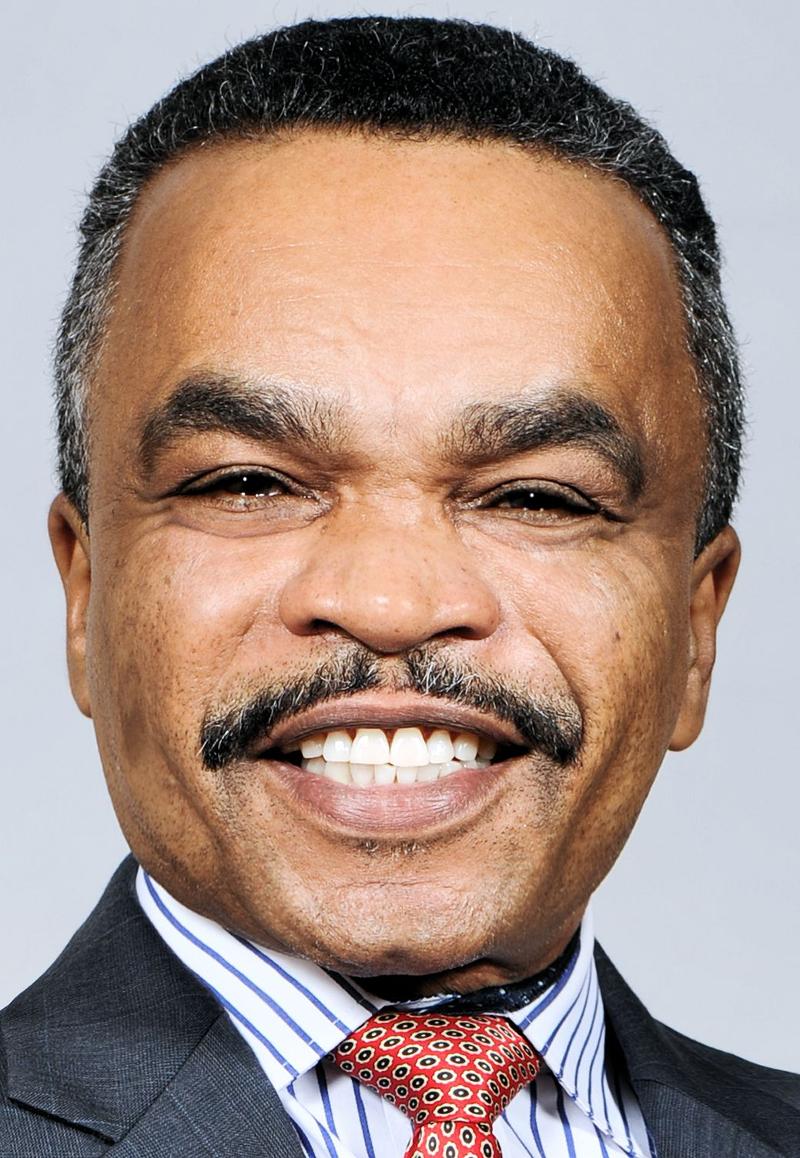The Garifuna-American
Community of New York
By José Francisco Ávila (September 26, 2012)
"A lot of people were not very conscious of the very large number of Hondurans in the city until a few years ago. There was a fire in a social club in the Bronx. That was a real tragedy because 87 people died, and it turned out that the vast majority of those people were Hondurans. That was the first time that people became aware that there was a Honduran population in the city."
---Angelo Falcón, Hispanic Magazine (1997)
 As descendants from shipwrecked Africans who sought refuge in mainland St. Vincent and intermarried with the Caribs and Arawaks, the Garifunas are part of the unique cultures and melting pot of ethnicities that have their roots in the Caribbean. Despite exile and subsequent Diaspora, their traditional culture survives today in New York City, which is home to the largest Garifuna population outside of Central America with an estimated 200,000.
As descendants from shipwrecked Africans who sought refuge in mainland St. Vincent and intermarried with the Caribs and Arawaks, the Garifunas are part of the unique cultures and melting pot of ethnicities that have their roots in the Caribbean. Despite exile and subsequent Diaspora, their traditional culture survives today in New York City, which is home to the largest Garifuna population outside of Central America with an estimated 200,000.
In 1797, they were exiled by the British from St Vincent to Roatán, off the coast of Honduras from where they dispersed along the Atlantic coast of Honduras, Guatemala, Belize and Nicaragua. A seafaring people, they arrived in the United States as merchant marines in the 1930s. However, the community was virtually obscured in New York City until the Happy Land Social Club fire on March 25, 1990.[1] Fifty nine of the victims were Hondurans; more than 70 percent of the Honduran victims were also of Garifuna descent. The Happy Land tragedy is seen as a turning point the community organizing efforts of the Garífuna Community.
The nurturing and promotion of Garifuna identity is at the center of the Garifuna Coalition USA, Inc.'s community organizing initiative. The Garifuna are among the more than 18 million Latinos who checked the "other" box in the 2010 Census. While Garifunas from Guatemala, Honduras and Nicaragua fit the Latino category, Belizean Garifunas do not.[2] Therefore, the Garifuna Coalition USA, Inc. developed a campaign suggesting the use of the "Other" box to write in "Garifuna."[3]
On Friday, March 11, 2011, Bronx Borough President Ruben Diaz Jr. and the Garifuna Coalition USA, Inc. celebrated the proclamation of March 11-April 12 as "Garifuna Heritage Month 2011," in observance of the 213th anniversary of the exile of the Garifuna people from St Vincent on March 11, 1797 and their settlement in Central America on April 12, 1797. The event, which took place at the Bronx County Courthouse, highlighted the great contributions of the Garifuna-Americans to the fabric of New York and the Bronx, and to pay tribute to the common culture and bonds of friendship that unite the United States and the Garifuna countries of origin.
On the day of the first celebration of Garifuna Heritage Month, the Bronx Borough President pointed out that, "Unfortunately, most of our residents learned about the Garifunas through tragedy, but today we want to celebrate the beauty of this great community, we want to recognize its contributions to the economy, culture and prosperity of The Bronx." There's no question that Garinagu in New York have risen from obscurity and that we have laid down a solid foundation on which generations to follow will be able to build upon, for their own prosperity and advancement.
José Francisco Ávila is the chairman of the board and co-founder of the Garifuna Coalition USA, Inc., which advocates for the improvement of the social, economic, political and cultural conditions of New York's Garifuna Community. He can be contacted at jose.avial@garifunacoalition.org.
ENDNOTES
1. Edna Negonm "Club Tragedy an Awakening for Garifuna," New York Newsday (August 18, 1991), p. 23.
2."For Many Latinos, Racial Identity Is More Culture Than Color," New York Times (January 14, 2012), p 11.
3. "Garifuna group takes steps to become more visible," Bronx Beat(April 3, 2009), and "Garifuna Ethnic Group Seeks Voice in New York City," NPR (November 15, 2009).